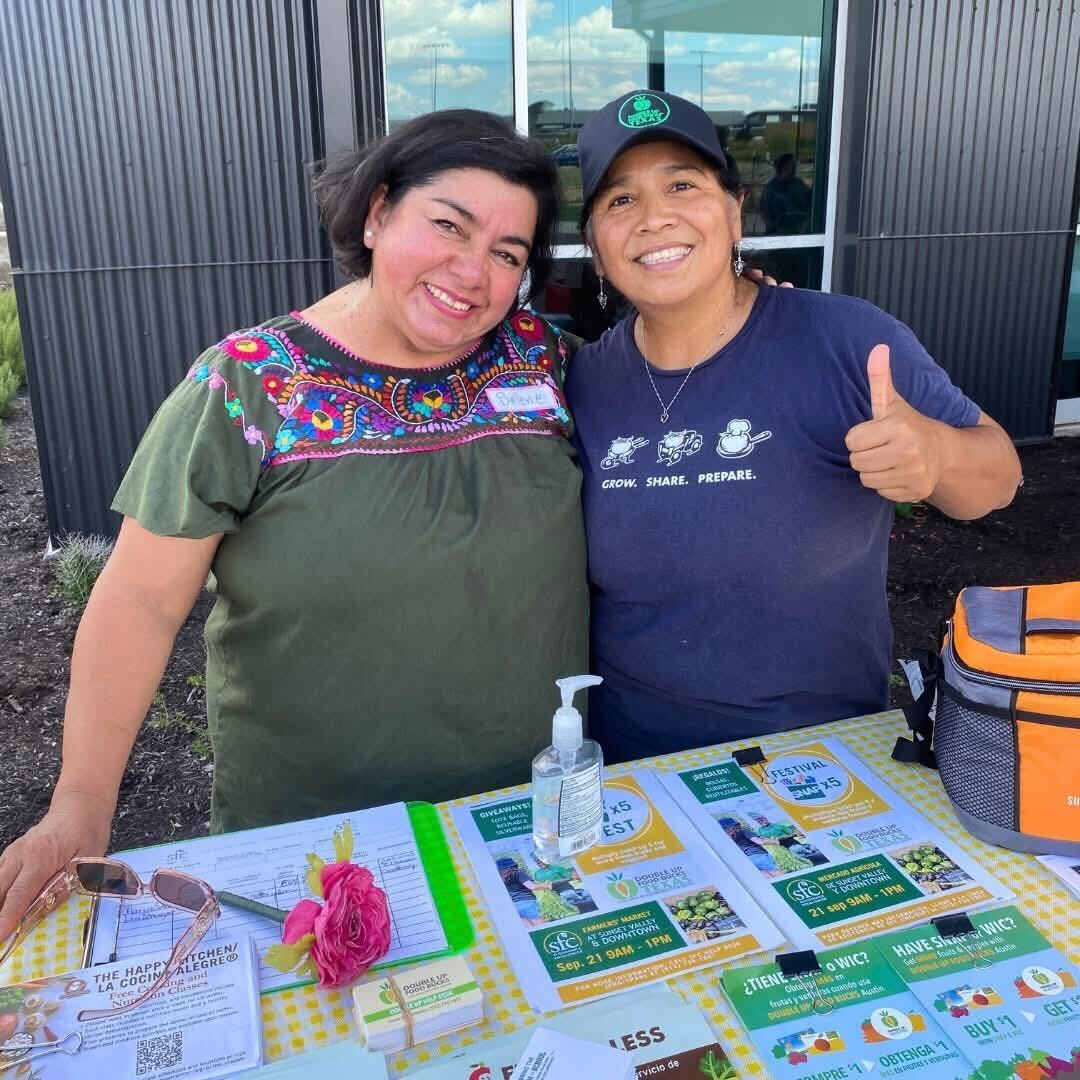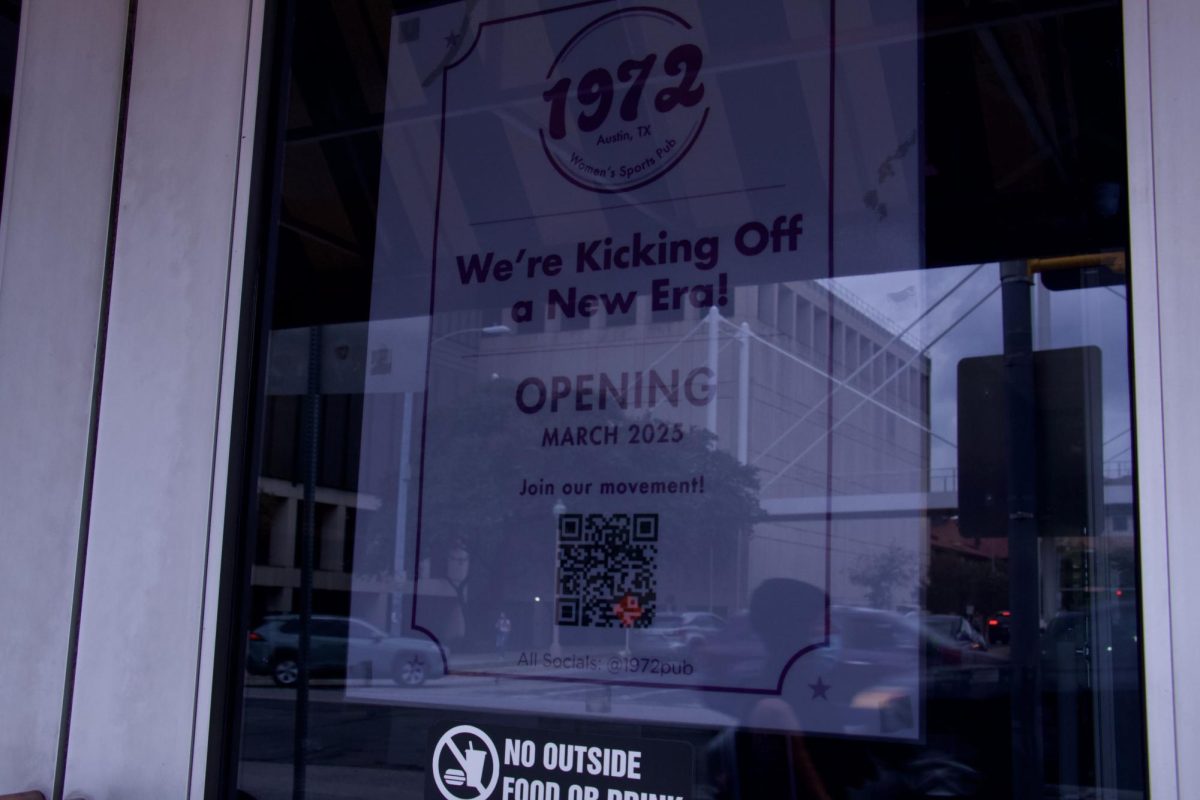Story by Devonshire LokkePhotos by Hannah Vickers
Sean Morgan’s mind wanders while he drives a flashy Lamborghini around the block of the tallest residential building in Texas. The 23-year-old University of Texas at Austin art student works as a valet for the sky-blue glass “behemoth” of a building, which looks out across Austin’s hills from the heart of downtown. Morgan is imagining a vivid party scene awaiting his return to the tower’s base, where “a fire hydrant is wrenched open and people are running through the torrent of water, hugging, slipping and swapping swigs of aged scotch and malt liquor.”
The reality of his job is quite a different experience. Morgan describes himself as “just a normal guy in a uniform who, for some reason, is in charge of caring for some of [the residents’] most valuable assets.” However, through his most recent artistic endeavor — a painting series and accompanying narrative named “Canned” exhibiting at Austin’s Not Gallery in collaboration with Raw Paw — the artist shares his wild fantasy, and in this way, makes it come alive.
The imaginative and cartoonesque paintings and drawings of “Canned” tell a very real story of the wealth divide, from the perspective of Morgan’s looming office window. From their luxurious apartment views, the building residents (or “Tower People,” as he calls them in the narrative) look down upon a group of “Can Collectors,” who flock to the recycling bins every Tuesday to fill shopping carts full of five-cent aluminum pieces.
Morgan’s paintings reflect the tower residents and the collectors as characters in his wild, abstracted style. He points out how “the Tower People are very detailed, and the Can Collectors are very abbreviated, cartoonish.” The portraits of the Tower People parallel their reality in the sky-high apartments, placed above those of the Can Collectors on the wall of Not Gallery. They are portrayed in book-walled rooms, holding glasses of wine or cigarettes, with distressed expressions and contorted postures. Morgan gives them extra limbs and fantastically grotesque features.
Often treated as a confidant to the residents of the building, Morgan is typically pushed to talk the “drag rats” and “crust punks” into leaving the area outside of the building. “The residents basically hated them,” says Morgan. “They thought that they were trash, telling me we should put them on a bus and ship them out to the woods.”
When Morgan confronts the Can Collectors, however, he finds a new understanding. “The perception of the residents on these dumpster divers was totally false,” says Morgan. After getting to know the Can Collectors, Morgan learns that some are homeless, but most are not. Some are saving up for college or need a little help to pay the bills. “They weren’t dirt bags. They were young people, just trying to get by,” Morgan explains. According to Morgan, “a lot of them actually had this dream that they would, one day, live within the walls of one of Austin’s biggest buildings.”
Despite the building’s glamorous reputation, Morgan says that the Tower People do not seem content with their lives, either. Morgan describes them as “wealthy shut-ins, estranged wives and stock market players” who are “getting through divorces, have multiple wives” or coping with other struggles. “These are very unhappy people,” Morgan says.
In the exhibit, the Can Collectors are clearly inspired by the bright colors and loose, heavy lines of graffiti art. Morgan credits his adolescent attraction to street art as inspiration. “Like in the action of writing graffiti,” Morgan says, “I paint very quickly and intuitively, which gives my work playfulness and action.” He traces his style back to drawing stills and characters from cartoons like “Ren & Stimpy” and “Spongebob Squarepants.” Even Morgan’s father, Bob Morgan, recalls the influence cartoons had on his young artist-to-be. “Sean picked up a magazine with Bugs Bunny on it and drew an exact replica at 8 years old,” he says, prompting him to get his son into art lessons.
Morgan says that his work, mostly inspired by his and others’ personal experiences, often reads like a story. “I basically take what is interesting from all of these experiences and combine them into a whimsical-like narrative.” Morgan says, “It’s all about the ideas. You can be super skilled and talented, but if the concepts aren’t interesting, neither is the art.”
“Canned” is relatable whether the viewer connects with the life of the Tower People or the life of the Can Collectors. . “I thought it was such a cliché, the early-20’s good and evil, but when people talk about the wealth divide, they never come up with a solution,” Morgan says. “I thought I could make this stupid hippy solution, like utopia, where everyone is happy, running around, holding hands.” In his monumental-sized paintings, Morgan depicts this “utopia,” his fantasy world where the Tower People and Can Collectors come together in graphic symmetry.
The playful togetherness of Morgan’s fantasy party is embodied by the paintings’ celebratory unity. Flailing limbs entangled, the detailed, sketchy features of Tower People mingle with the graffiti-like shapes of Can Collectors. At his show, Morgan motions to the walls of the gallery and explains, “this, combining the characteristics of the two, is them, hanging out, drinking, playing footsies, handshaking each other,” living out his imagined party on a paper canvas.
At the end of Morgan’s party daydream, the Tower People and the Can Collectors come together in spite of their differences. “The DUI lawyer invites everyone up into his lavish condo where R. Kelly’s ‘Ignition (Remix)’ is playing in the background as everyone bounces around, joyfully popping champagne bottles in slow motion,” Morgan says. “At the end of the night the lawyer whips out his checkbook and pays for community college semesters, overdue bills and loan debts … and thats how it ends.”
See “Canned” on display at 6 p.m to 9 p.m. through October 15 at Not Gallery.


















































the drag is a drag • Mar 1, 2015 at 8:03 am
People like this artist are the reason the drag rat problem is so bad and their numbers are growing. He’s endorsing the same people who routinely vandalize artwork throughout the city, especially on the drag. The same folks, who, if he painted a mural, would spray paint all over it. Maybe choosing to do graffiti art is a preventative strategy. This is liberal BS at it’s finest, and I’m saying that as a liberal.
The moral of his story seems to be that supposedly poor drag rats are happier than the richest residents. I’m sure some of them are, but that’s because they’re high on crack or heroine, and they have a pocket full of cash from dealing and panhandling all day. They’re basically getting paid to do nothing, and then they’re using that money to get wasted and eat at food trucks or wherever else they feel like eating. A lot of these rats have nicer phones, shoes, etc than working citizens.
I’ve been watching them closely for weeks now, and I can tell you they are deceitful, volatile, and aggressive people who will tell you anything to make you feel bad for them so you give them money. Some of them are so cocky, they don’t even make up stories, they just ask for money like they’re running a toll booth, and then scream at you or curse you out if you don’t give them any. It’s literally a form a passive mugging.
The bottom line is they take advantage of peoples generosity, and they’re banking on you either feeling bad for them or being afraid of them — it’s no coincidence they hangout in front of a liberal college full of rich kids spending their parents’ money.